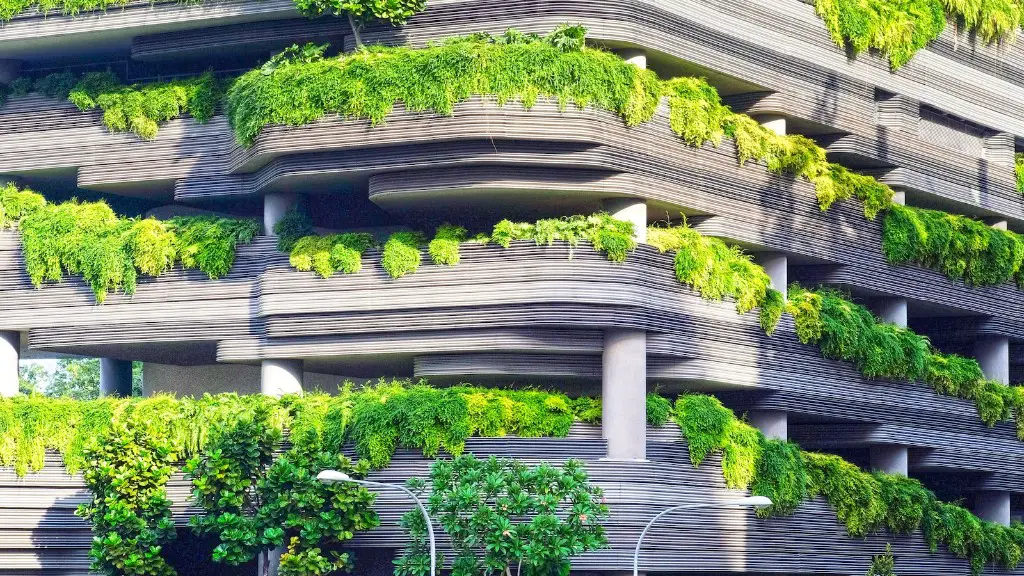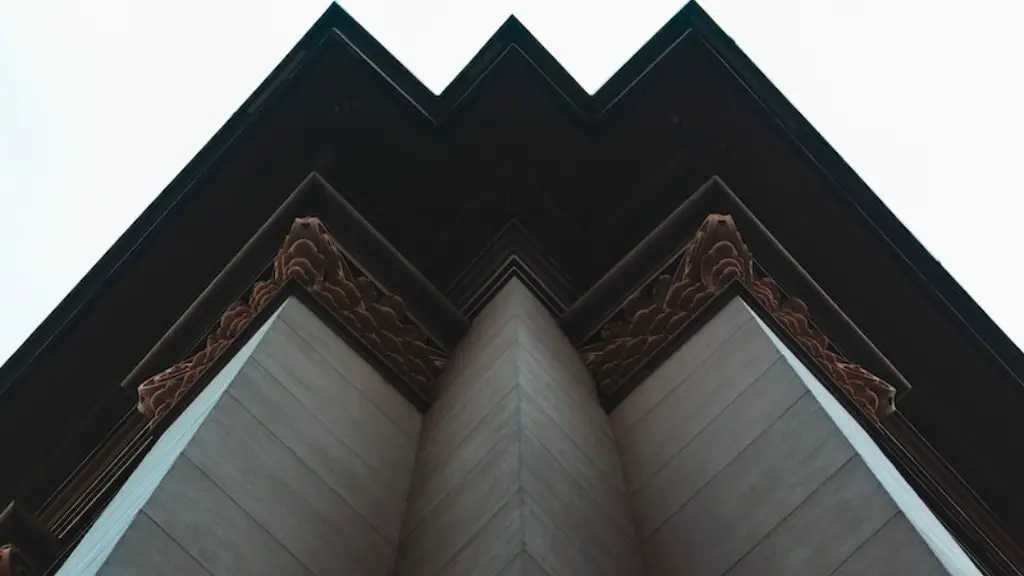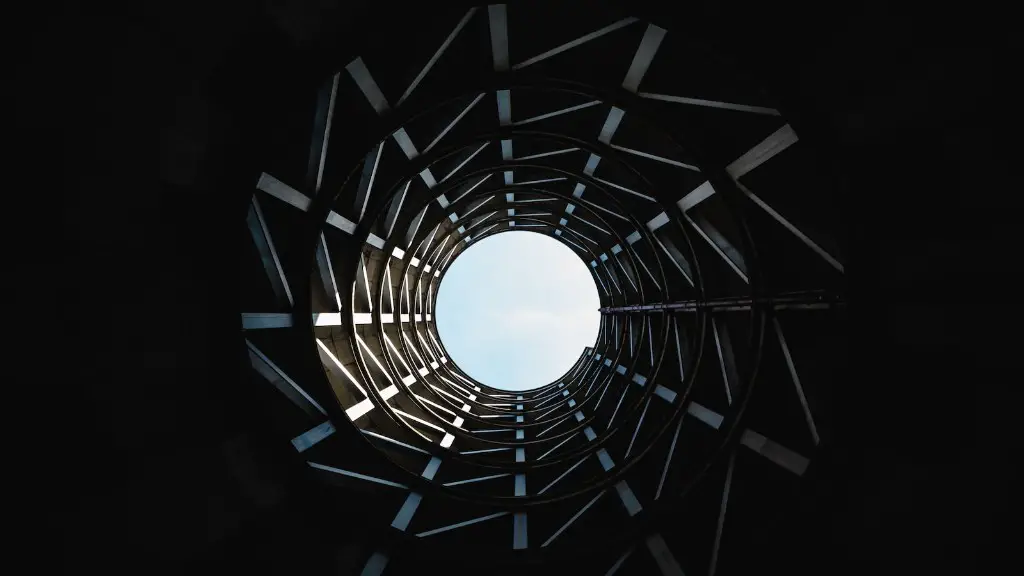Interior Design Architecture is the practice of creating a complete interior environment and is a discipline that requires a comprehensive understanding of various aspects of design. It includes elements such as space planning, furnishing selections, materials, finishes, colours, lighting, and technology. Interior design architects need to understand the psychology of people in order to create a space that functions efficiently and looks aesthetically pleasing. Interior design architecture is a way of understanding and interpreting the spatial design of an existing or proposed space. It’s a creative process that involves taking into account clients’ needs, as well as the physical, functional, and aesthetic elements of a building.
Interior design architecture aims to create a harmonious and balanced environment while maximising the available space. It looks at the way furniture, furnishings, stencils, colours, and other elements interact with one another and how they influence the senses. It also considers the way these elements interact with the outside environment, such as natural light, acoustics, and ventilation. Interior design architecture employs a variety of tools and techniques to achieve desired results, from psychological principles to drafting, sketching, and computer-aided design.
Interior design architecture is not only about creating aesthetically pleasing interior spaces, but also about making them functional and efficient. A space must serve its intended purpose, providing the correct balance of comfort, style, and practicality. This is achieved through careful consideration of the elements of the space, such as lighting, air flow, furnishings, materials, and technology.
In addition to the practical aspects of interior design architecture, designers must also consider the psychological effects of the space on its occupants. Interior design architects must be aware of how their creations affect people’s emotions, behaviour, and wellbeing. The use of colour, materials, and shapes, as well as the placement of furniture, can result in an environment that is restful, stress-free, and pleasant to be in.
Interior design architecture is an ever-evolving field that requires innovative and creative ideas to keep up with changing trends and the needs of clients and homeowners. Designers use the latest materials, technologies, and trends to create unique, functional spaces that appeal to both the eye and the mind. Interior design architects are constantly pushing the boundaries of design to create timeless and beautiful interior environments.
Concept of Interior Design Architecture
Interior design architecture is the concept of designing a space with a specific purpose in mind. In this field, practitioners start with a concept and use it as the basis for creating a customized environment. It encompasses elements such as furniture selection, collective colours, fixtures, textiles, lighting, and decorative items. Interior design architecture is the ability to give life to a concept and build a cohesive arrangement.
The concept of interior design architecture allows designers to create living spaces that are enjoyable and comfortable, as well as aesthetically pleasing. This means taking into account the needs and preferences of the occupants, as well as the physical, functional, and aesthetic elements of the surrounding environment. Through careful planning, interior design architects ensure that the elements of the space are in harmony and complement one another.
Designers often use the same elements such as furniture and colour, but the way these elements are used can create a wide variety of styles and outcomes. Depending on the desired end result, interior design architecture can range from traditional styles to contemporary designs and everything in between.
Interior design architecture combines art and science to create a space that is both functional and aesthetically pleasing. It is a combination of problem solving and creative thinking that allows designers to create something unique, beautiful, and efficient.
Role of Interior design Architecture
Interior design architecture plays an important role in creating functional, comfortable, and attractive spaces. Interior designers are responsible for creating a space that meets the needs of the occupants, while also taking into account the environmental, technical, and aesthetic elements.
Interior design architects are responsible for creating a visually stunning space that is also practical and efficient. To do this, they must consider the client’s specific needs, such as the type of activities they will be performing in the space and what type of furnishings and materials they prefer. They must also consider how the space will interact with the natural environment and how much light it will receive throughout the day.
Interior designers not only create aesthetically pleasing spaces, but also spaces that are comfortable and practical. They must have a good understanding of the connection between form and function, as well as the psychological effects of the environment on its occupants.
Interior design architecture involves a lot of creative problem solving. Designers must be able to consider the space and its occupants, as well as the physical and psychological effects, to create a space that will make people feel relaxed, comfortable, and productive.
Constraints of Interior Design Architecture
Interior design architecture is a complex process that requires a great deal of skill and knowledge. The main constraints of interior design architecture are budget, space, regulations, and client expectations. It is the designer’s responsibility to find a way to create a functional, comfortable, and pleasing space while taking into account these constraints.
Budget is often one of the first things that must be taken into account when creating a design. Designers must be able to work within a budget and create a design that is both stylish and practical. In some cases, designers may have to be creative with their choices in order to stay within the allocated budget.
Space constraints are another major factor that must be considered when creating a design. Designers must ensure that the design fits the space and also take into account the regulations and safety requirements. It is also important to consider how the space will be used and ensure that it is suitable for its purpose.
In order to create a successful interior design architecture, designers must be able to communicate with their clients and understand their expectations. It is important to be aware of the client’s needs and preferences, as well as their lifestyle and taste. This will allow the designer to create a design that meets their needs and is aesthetically pleasing.
Techniques and Tools of Interior Design Architecture
Interior design architecture is a creative process that involves taking into account the needs, tastes, and preferences of the client, as well as the physical and psychological elements of the space. In order to create a successful interior design, designers must use a variety of tools and techniques.
Designers often use different media such as sketches and models to communicate their ideas. They also use computer-aided design (CAD) programs to create accurate and detailed drawings of the space. These programs allow designers to plan out the space in great detail and to visualise the design before it is implemented.
Designers also use various methods to create a spatial arrangement, such as furniture, artwork, lighting, and other decorative elements. They also use colour, materials, and textures to create a cohesive atmosphere and to bring out the aesthetic elements of the space. Designers may also use psychological principles to create an environment that is both pleasing and calming.
Interior design architecture also involves working with different professionals such as architects, builders, electricians, and plumbers. In order to create a successful interior design, designers must have a good understanding of the construction process, as well as the regulations and safety requirements.
Future of Interior Design Architecture
As technology advances and trends change, interior design architecture is also evolving to keep up with the changing times. Designers are increasingly using technology to create more efficient and aesthetically pleasing designs. From computer-aided design programs to virtual reality and 3D printing, designers have access to a variety of tools that allow them to create more advanced and complex designs.
Designers are also placing greater emphasis on creating spaces that are both visually stunning and emotionally engaging. They are creating human-centered designs that take into account the psychological effects of the environment and how it affects the occupants. Designers are also incorporating sustainability into their designs, making sure that the materials used do not have a negative impact on the environment.
In the future, interior design architecture is likely to become even more complex and dynamic. Designers will continue to create more sophisticated and creative designs, taking into account the needs and preferences of their clients, as well as the necessary regulations and safety requirements.
Impact of Interior Design Architecture
Interior design architecture has had a far-reaching impact on how people live and interact with their space. It has created spaces that are both pleasing to the eye and functional. Interior design architecture has made it possible for people to create living spaces that are comfortable and tailored to their needs, while also being aesthetically pleasing.
Designers have also been able to apply psychological principles to their designs, creating environments that are calming and uplifting. Interior design architecture has been able to use colour, texture, and materials to help achieve desired outcomes, from creating a relaxed atmosphere to a more vibrant and energised space.
Interior design architecture has also had an impact on public spaces, creating environments that are inviting and stimulating. From hospitals to office buildings, interior design has been able to improve the efficiency, comfortability, and aesthetic appeal of many public spaces.
As technology advances and trends change, interior design architecture is also evolving to keep up with the changing times. Designers are increasingly using technology to create more efficient and aesthetically pleasing designs.





